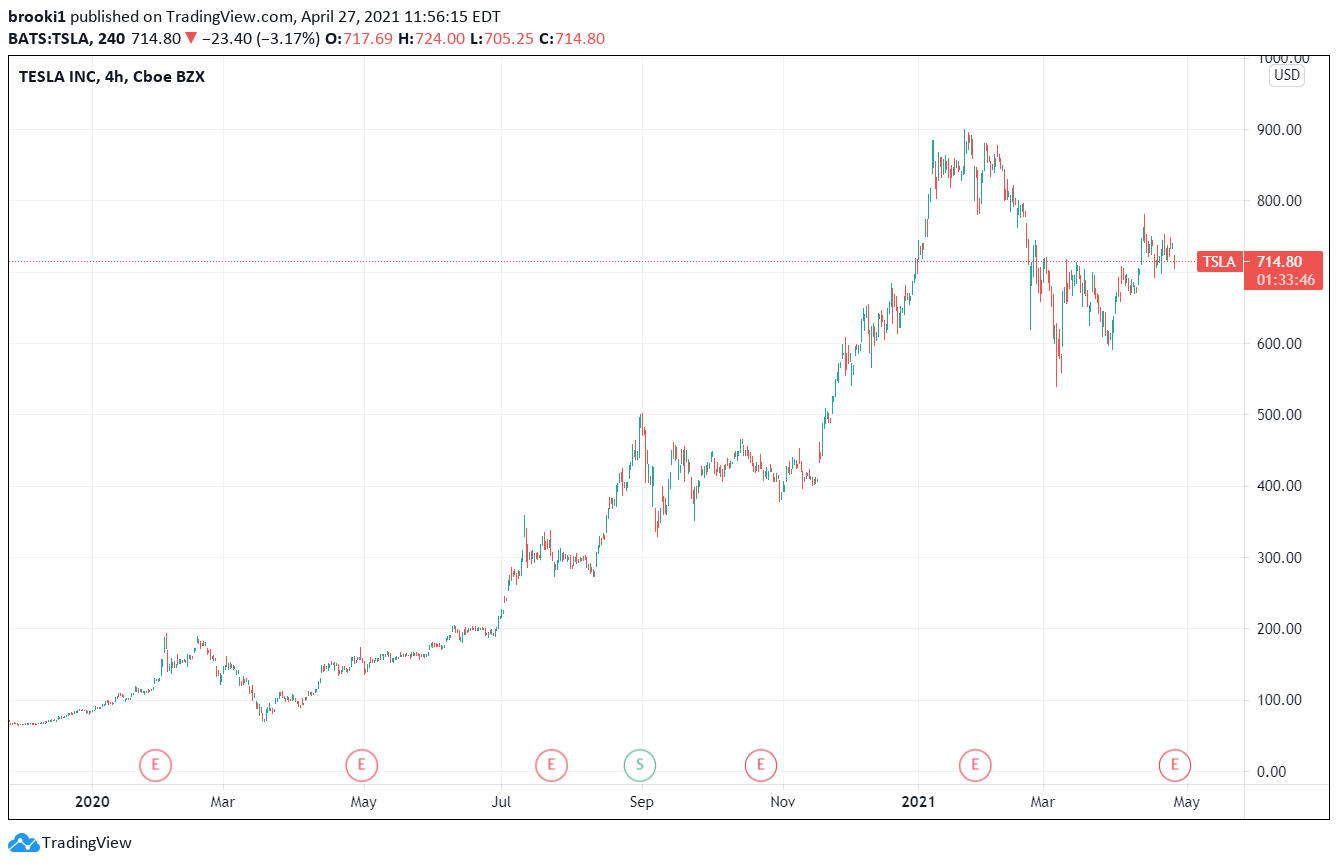
The warmest waters hit the South American coast around Christmas. That large-scale inversion of the normal pattern affects global weather and climate, giving rise to droughts and dust storms in Asia, flooding and mudslides throughout the Americas, and other effects that can be felt as far away as Europe and North Africa. But every few years, the trade winds relax and the warm water held up in the western Pacific sloshes back towards South America, taking the rainfall with it. The warm pool heats the air above it, kicking off a cycle that dumps up to five meters of rain each year over the western Pacific. At the same time, the warm surface waters collect more heat from the atmosphere as they move further westward, and form a warm pool near New Guinea, Australia and the Philippines. This process is called upwelling, and forms a "tongue" of cold water that extends westward from South America along the equator. (To picture this, imagine the sideward push you feel when riding a merry-go-round).Īs the warm surface water moves westward and poleward, colder waters are brought to the surface in the eastern Pacific, along the coast of South America and near the Galapagos Islands. As the Earth spins around its axis, the water is also pushed away from the equator due to a phenomenon called the Coriolis effect. In normal years, tropical trade winds blow from the east to the west across the Pacific, pushing warm surface waters from South America towards Australia and Asia. To understand the importance of WWBs, let's take a step back and look at what we already know about how El Niño works. In short, they could be the indicators we've been looking for to improve our El Niño forecasts and make "false alarms" a thing of the past. Forecasting these high frequency wind bursts, referred to as westerly wind bursts or WWBs, may be fundamental for increasing the reliability of long-lead El Niño forecasts. It turns out that these previously neglected winds may be critical for the growth of El Niño. I participated in a recent study, published in Nature Geoscience, that describes the importance of wind bursts originating in the far western Pacific that blow eastward for weeks at a time during the northern hemisphere fall and winter months. But El Niño operates on an intermediate, seasonal scale, and so far it's been difficult to pin down a reliable set of indicators to watch. We can predict the weather to a reasonable degree of accuracy up to ten days in advance, and we can make assumptions about climate on the order of years.

The answer most likely lies within the timescale at which we target our forecasts.

With another El Niño predicted this upcoming winter, now is the perfect time to ask: Why have climate scientists' predictions gone wrong? What are we missing?

Forecasts of an El Niño in 2014 brought hopes of winter precipitation and much needed relief, but El Niño played truant, as it had just two years prior in 2012. We've all seen the headlines: California is struggling with a historic drought that promises to worsen as the summer wears on. Murtugudde contributed this article to Live Science's Expert Voices: Op-Ed & Insights. Raghu Murtugudde is a professor at the University of Maryland's Earth System Science Interdisciplinary Center (ESSIC) and the Department of Atmospheric and Oceanic Science.


 0 kommentar(er)
0 kommentar(er)
